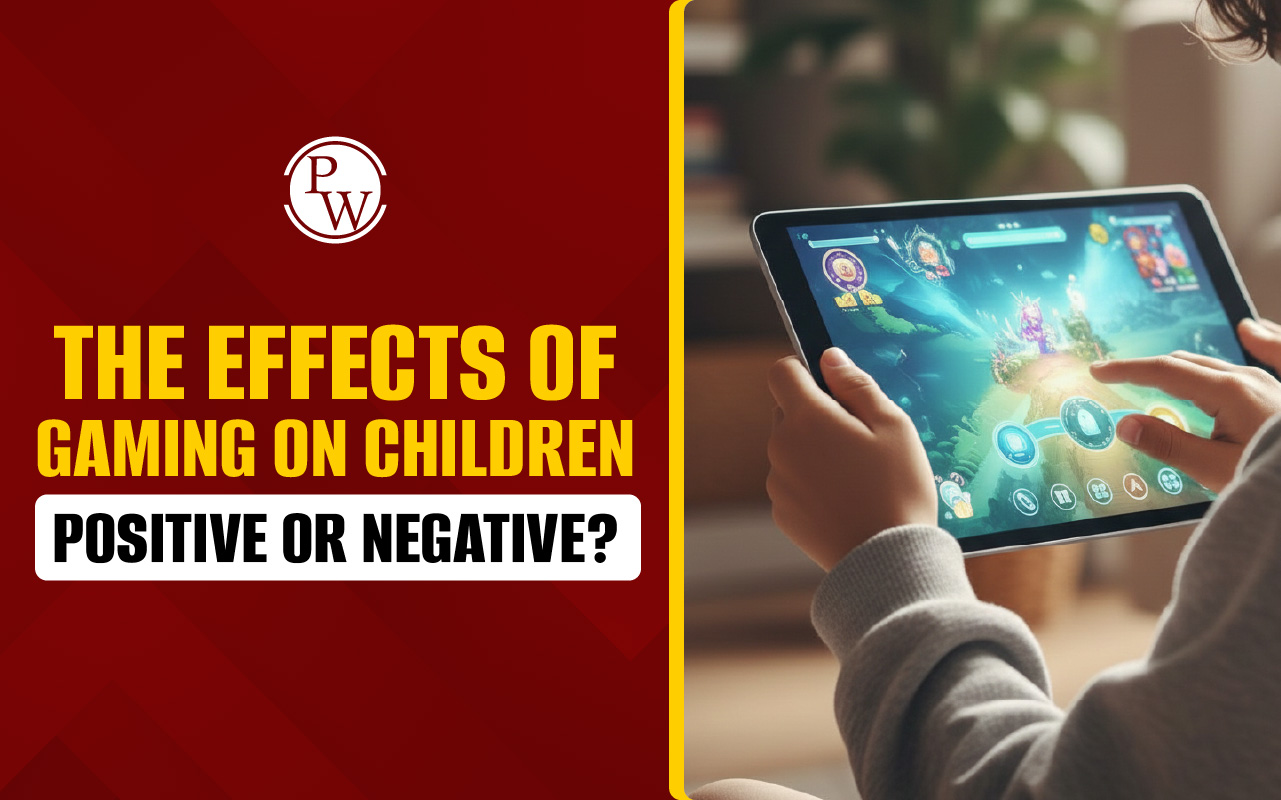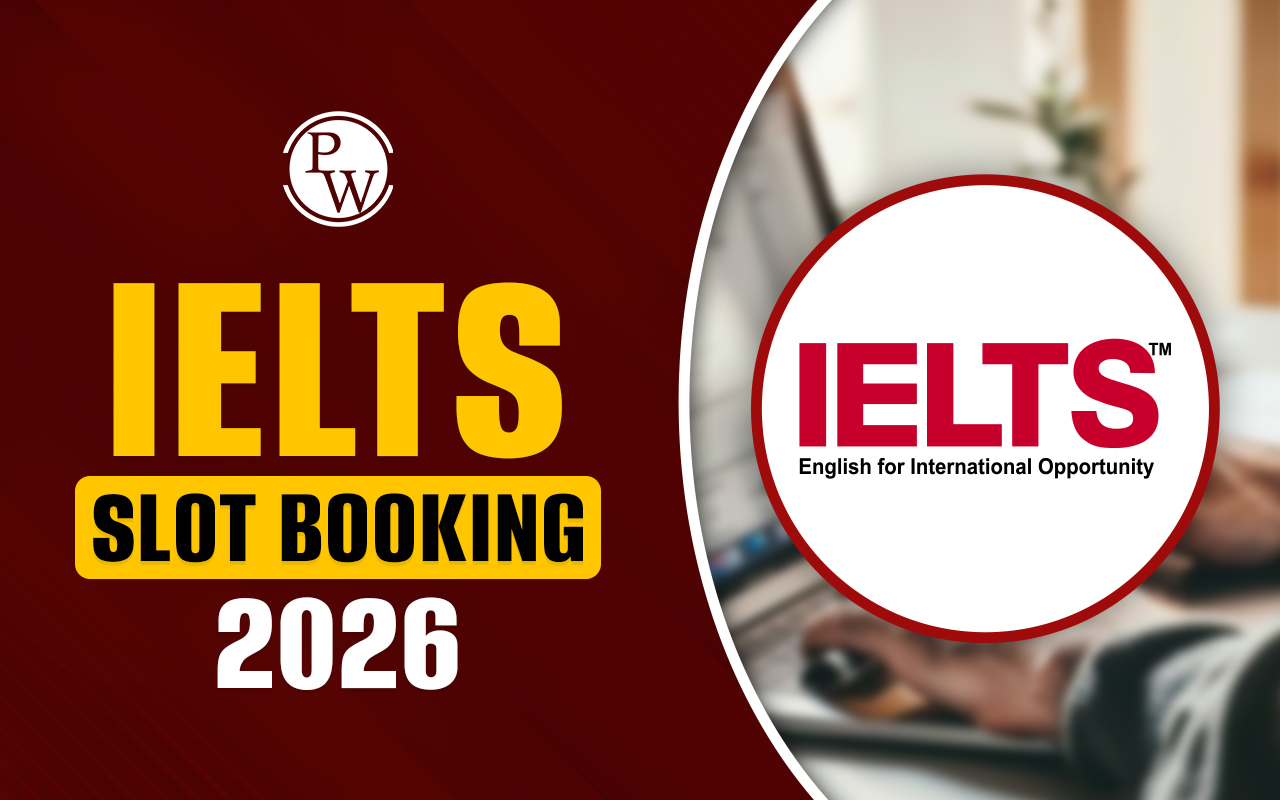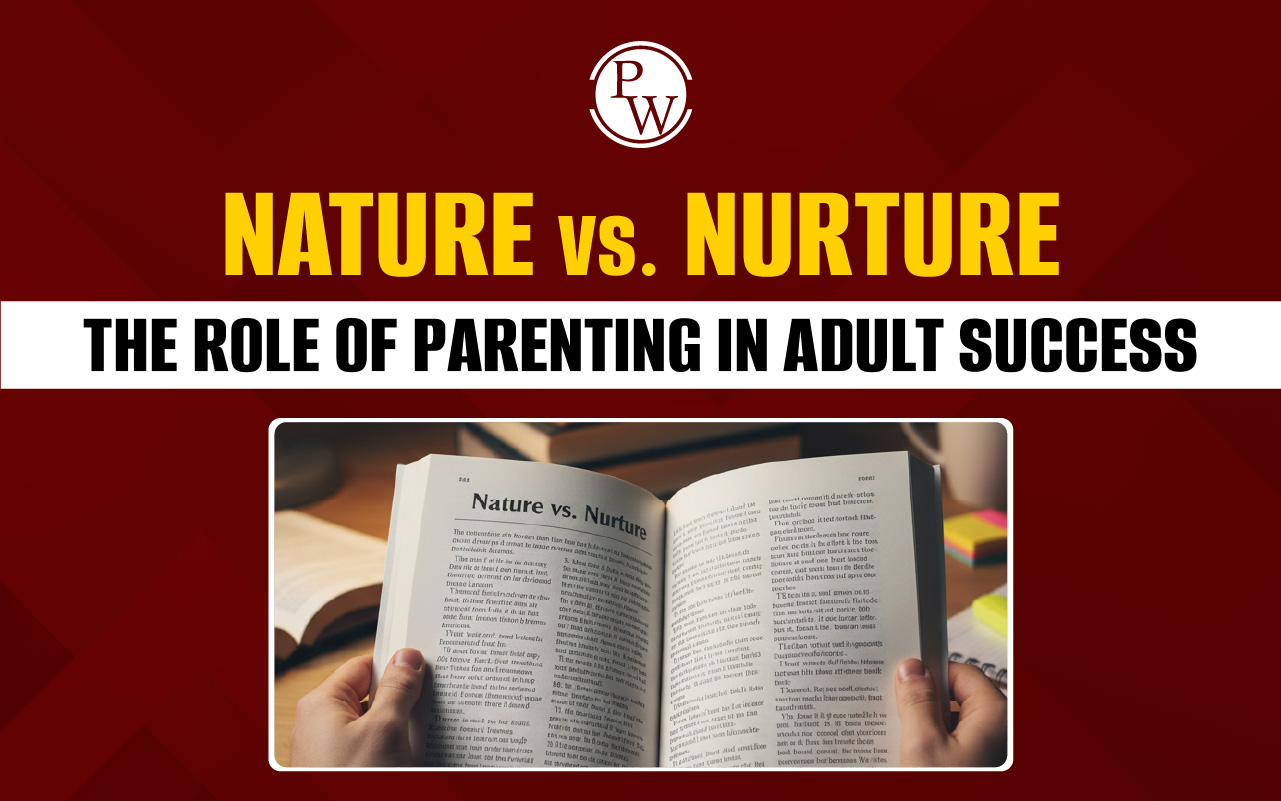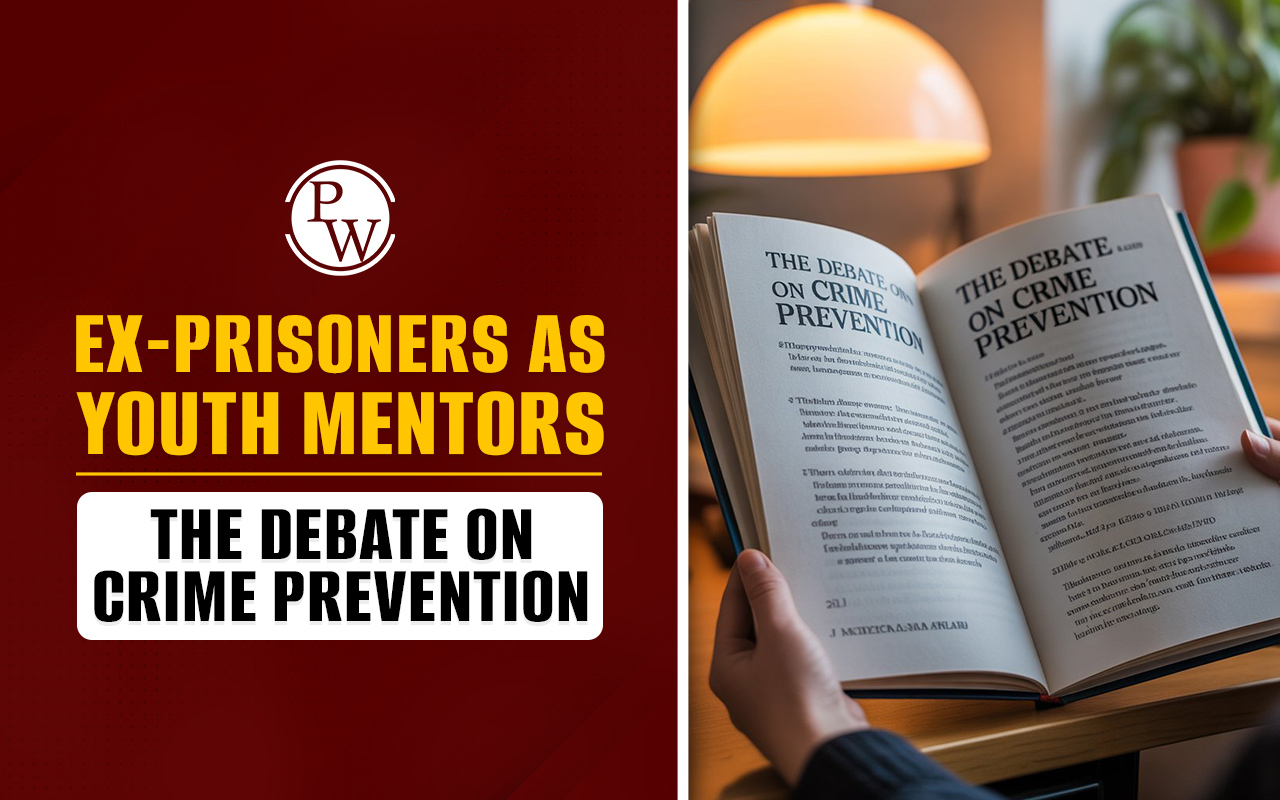
PTE to IELTS Conversion: When it comes to proving English language proficiency two tests dominate the international stage PTE Academic (Pearson Test of English) and the IELTS (International English Language Testing System). Both are widely accepted by universities, governments and employers across the world. But many students often face a common question: How do I convert my PTE score to an IELTS band?
This is where the concept of PTE to IELTS Conversion becomes important. Understanding how these two tests align helps you interpret your performance correctly and meet university or visa requirements without confusion.
PTE to IELTS Conversion
You took the PTE Academic test and scored 65 overall. That is a good score, but the university you are applying to asks for an IELTS 7.0. Now the big question arises does your PTE 65 equal IELTS 7.0? The answer isn’t always straightforward.
Here is why this conversion is so important:
-
Different universities may prefer one test over the other. If you already have PTE results but need IELTS scores conversion helps you understand if your current performance is sufficient.
-
Immigration authorities in countries like Australia, Canada and the UK set minimum IELTS bands for various visa categories. Knowing the PTE to IELTS equivalent scores helps check eligibility without retaking a test unnecessarily.
-
Some professional bodies (like medical councils or teaching boards) specify IELTS band scores for registration. Converting your PTE results can clarify if you meet those benchmarks.
PTE vs IELTS Overview
Before we look at how the scores convert, let is first see how PTE and IELTS are set up and how their scoring works.
|
PTE vs IELTS |
||
|
Feature |
PTE Academic (PTE-A) |
IELTS (Academic/General) |
|
Format |
Fully computer-based |
Paper-based or computer-based |
|
Scoring Scale |
10–90 points |
1–9 bands (half-point increments) |
|
Skills Tested |
Listening, Reading, Writing, Speaking (integrated tasks) |
Listening, Reading, Writing, Speaking (separate tests) |
|
Evaluation |
AI-based scoring |
Human examiners (Speaking & Writing) |
|
Test Duration |
~2 hours |
~2 hours 45 minutes |
The key difference is in scoring and evaluation. PTE uses an automated system giving very detailed scores. IELTS involves human judgment especially in Speaking and Writing, which adds an element of subjectivity. This difference is why IELTS vs PTE score comparison requires more than a simple chart.
How to Convert PTE to IELTS Score?
Converting your PTE score to an IELTS band may seem tricky at first but if you follow a clear process it becomes much easier. Here is a step-by-step guide to help you out:
-
Check Your PTE Academic Score: Start by looking at your official PTE score report. Note down your overall score as well as the scores in each section Speaking, Writing, Reading and Listening.
-
Use the Official Conversion Chart: Refer to a reliable PTE to IELTS equivalent scores chart. This will show you how your PTE numbers align with IELTS bands. For example a PTE score around 65 is often considered equal to an IELTS band 7.
-
Compare Section Scores Too: Do not just focus on the overall score. Many universities require a minimum score in each skill. For instance an overall IELTS 7 might not be enough if your speaking or writing falls below the set requirement.
-
Check the Institution Policy: Every university, college, or immigration authority may have its own rules for PTE to IELTS score comparison. Always cross-check with the official website of the organization you are applying to.
-
Plan Your Next Steps: Once you know your IELTS equivalent score use it to decide your eligibility. If your score meets the requirements, you are good to go. If not you can plan for a retake or look for institutions with more flexible criteria.
PTE to IELTS Equivalent Scores
The PTE to IELTS Conversion is based on concordance studies conducted by Pearson, Cambridge Assessment English, and IDP. These studies compared how candidates performed across both tests and developed equivalency tables. Here is the most widely accepted PTE score to IELTS band conversion chart:
|
PTE to IELTS Equivalent Scores |
|
|
PTE Academic Score |
IELTS Band Equivalent |
|
86–90 |
9.0 |
|
83–85 |
8.5 |
|
79–82 |
8.0 |
|
73–78 |
7.5 |
|
65–72 |
7.0 |
|
59–64 |
6.5 |
|
51–58 |
6.0 |
|
43–50 |
5.5 |
|
36–42 |
5.0 |
Example: A PTE score of 65 is usually considered equivalent to an IELTS band 7.0.
But here is the catch this is an average equivalency. If your PTE scores vary across sections (like 70 in Listening but only 58 in Writing) the equivalent IELTS band may not reflect the same consistency.
Key Factors in PTE to IELTS Conversion
PTE to IELTS Conversion chart gives students a rough idea of how their scores compare, but it’s not the full picture. While the conversion chart is helpful students should keep these points in mind:
1. Sectional Scores Matter
Most universities and visa authorities don’t just ask for an overall score they require minimum scores in each skill. For example:
-
A university may need IELTS 6.5 overall with no band less than 6.0.
-
In PTE terms, this means not just scoring 59–64 overall but also ensuring each communicative skill (Listening, Reading, Writing, Speaking) is above 50–55.
2. Different Test Styles
-
PTE: Tasks often integrate skills (e.g. summarising a passage while speaking). This helps strong multitaskers.
-
IELTS: Each skill is tested separately. This helps candidates who want to focus on one ability at a time.
3. Human vs AI Scoring
-
PTE is strict and technical it rewards accuracy, grammar, and fluency.
-
IELTS considers natural communication, coherence and clarity, especially in speaking.
4. Institutional Variations
Not all universities interpret conversion tables the same way. For example, some UK universities may accept PTE 65 = IELTS 6.5 while others require PTE 65 = IELTS 7.0. Always check the official requirement.
IELTS vs PTE: Which Test is Easier?
Students often ask “Is IELTS easier than PTE? The answer depends on your strengths:
-
Take IELTS if:
-
You are comfortable with face-to-face speaking.
-
You want more flexibility (paper or computer).
-
You’re better at detailed writing with human evaluation.
-
Take PTE if:
-
You prefer computer-based exams with quick results.
-
You like structured tasks and integrated questions.
-
You are confident with AI-driven evaluation.
From a PTE to IELTS score comparison perspective, neither test is universally easier—it depends on your style and comfort level.









